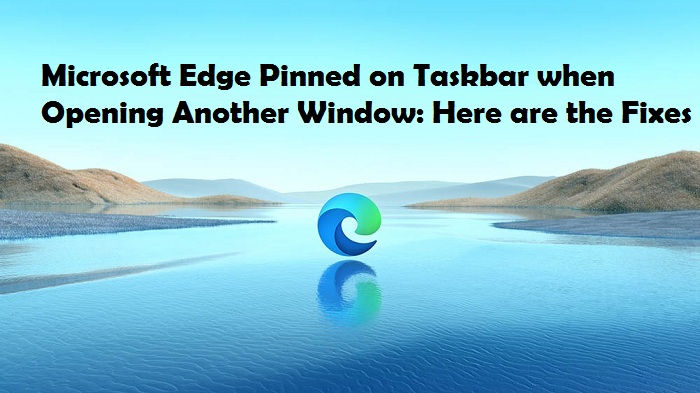Mac: Reasons and Fix When Chrome Helper Is Causing High CPU Usage
- miawatson786

- Oct 24, 2020
- 3 min read
No matter how great the Chrome browser might be, but it is still a major memory hog. Chrome has received many extensions and features in previous years. However, all of it leads to new issues; CPU experiencing high memory usage being one of them. Google did add Chrome Helper thinking it will work as a rescuer, but the users are experiencing otherwise. So, let’s get to know what Chrome Helper is and what should be done to fix the memory usage issue.

Chrome Helper Explained
Has it ever happened to you that you opened Chrome only to listen to an engine like sound? It is the Chrome Helper working. Google has added Chrome Helper to the browser to fetch content from different browser plugins so that Chrome can run and get your results more smoothly. For instance, when a website has a video embedded, in that case, Chrome loads the HTML content and then the video with the help of Chrome Helper.
So what makes Chrome Helper produce that sound and consume memory? The Chrome Helper ends up running multiple instances at a single time. This puts a huge amount of strain on the available RAM, leading to high CPU usage. As a result of this, you might end up freezing your Chrome, or your Mac will slow down, or both. If each of the Chrome plugins starts having their Chrome Helper process, then think about the strain your CPU is experiencing. So, here are a few ways to prevent this from happening.
Disable Chrome Helper: Method 1
The Chrome Helper can be disabled in two ways. Here is the first and short method to do so.
Step 1. Start by going to the Chrome Omnibox and copy the path given below:
chrome://settings/content/unsandboxedPlugins.
Step 2: Once the path has been pasted, hit the Enter key on your keyboard, and the Chrome plugin will appear.
Step 3. You will find the toggle switch for “Ask when a site wants to use a plug-in to access your computer” turned on by default. You need to turn this toggle switch off.
This action will prevent any site from using a plug-in to reach your PC.
Disable Chrome Helper: Method 2
If the above method did not work for you, then you can try the method described below.
Step 1: Open Chrome and navigate to Settings.
Step 2: From the list of options that appear, select Advanced, then Privacy and Security, followed by Site Settings.
Step 3: Move down the list to find and open the tab named “Unsandboxed plug-in access.”
Step 4: Now, turn off the toggle switch for “Ask when a site wants to use a plug-in to access your computer settings.”
Remove Unwanted Extensions
Chrome is a popular browser, mainly because of the variety of customization options it provides to the users. No matter how personalized your browser feels, but such settings can drain your CPU, which sometimes leads to the slowdown of your Mac. If you have added any Chrome extensions that you don’t use, then know that these could lead to additional CPU use, which further heats the system. So, it is always a good idea to remove such extensions from Chrome. You can find all the presently installed extensions by going to Mac’s menu bar when Chrome is active. Then click on “Window,” followed by “Extensions.” A list of everything that has been installed, running, or disabled will come up.
While the Chrome Helper is meant to save data, sometimes it acts the other way. We hope the solutions mentioned above helped you fix that noise created by your CPU because of high memory consumption.
Mia Watson is an avid technical blogger, a magazine contributor, a publisher of guides at Blogs Book, and a professional cyber security analyst. Through her writing, she aims to educate people about the dangers and threats lurking in the digital world. Visit My Site:- address-zone.com



Comments